International Heritage Centre blog
‘Drunkards’ Raids’ & ‘Boozers’ Days’: The Salvation Army’s ‘war on drink’
‘Drunkards’ Raids’ & ‘Boozers’ Days’: The Salvation Army’s ‘war on drink’
This post by our Director, Steven Spencer, first appeared on the blog of the Alcohol & Drugs History Society
Since it was founded in 1865 The Salvation Army has been opposed to the use of alcohol. Its members and clergy totally abstain from alcohol and from the 1880s onwards its weekly newspaper, The War Cry, regularly carried illustrations of the negative effects of alcohol. In the 1890s The Salvation Army described itself as “a universal Anti-Drink Army” and in this blog I’m going to look at two examples of this war on drink. Both my examples are taken from the first decades of the twentieth century and represent some of the more theatrical approaches taken by The Salvation Army in their rehabilitation of alcoholics.
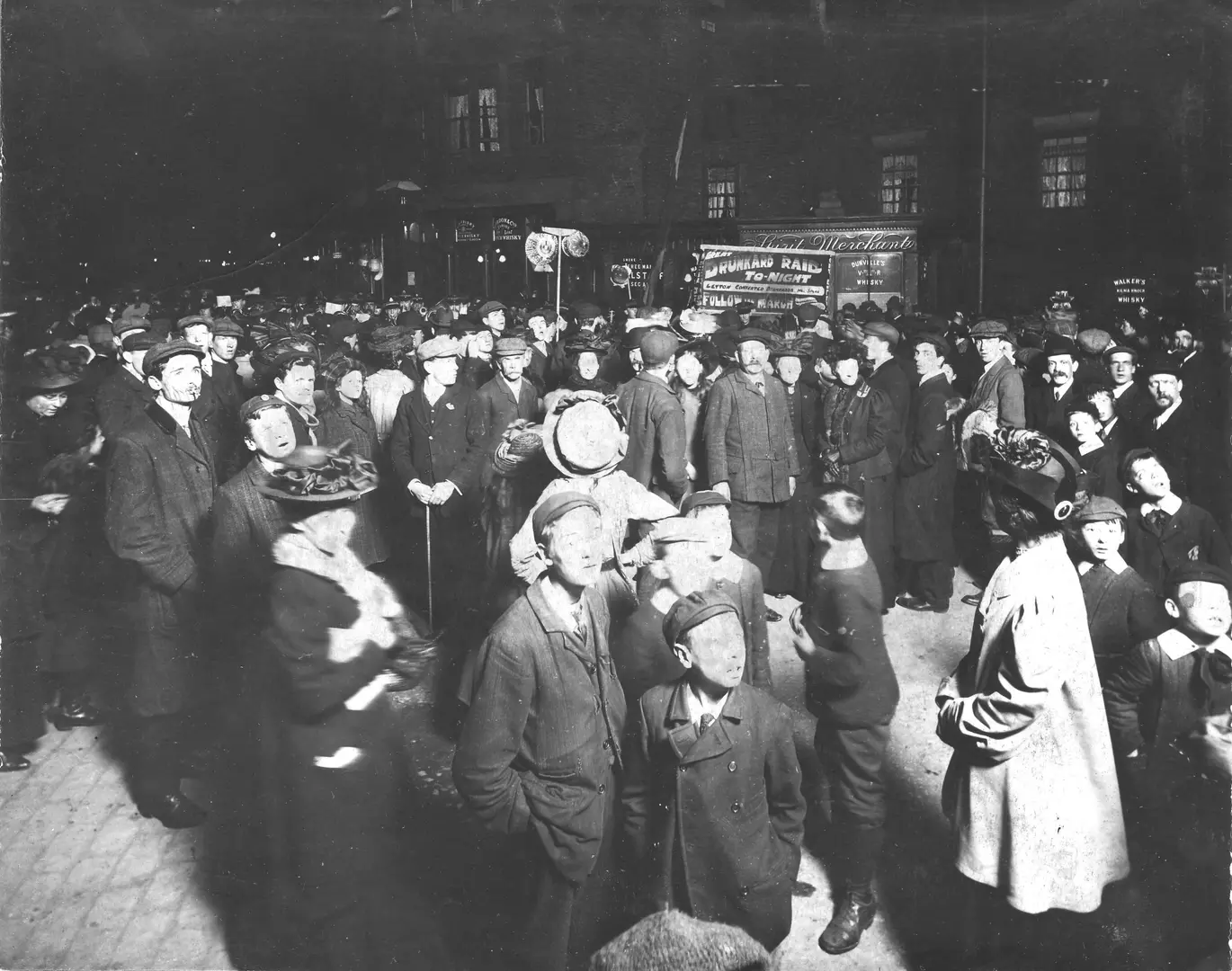
In the years after the First World War, The Salvation Army regularly held ‘Drunkards’ Raids’ on Saturday nights. During these ‘raids’ Salvationists would hold open-air meetings outside a public house with the intention of encouraging drinkers to attend a prayer meeting at the local Salvation Army hall where they could seek Salvation. An account published in 1929 describes a typical Drunkards’ Raid in a London suburb on an autumnal evening:
“Along several narrow streets, through the damp November gloom, we march, the Captain moving to and fro upon the flanks and alertly swaying his concertina as it led us in snatches of song. At a crossing of main thoroughfares, one corner was aglow with the two-faced frontage of a public-house. Over in the opposite roadway we took our stand. Thus began an Open-Air of brief explanatory words, short prayers, much singing, and more playing. The Captain, and occasionally some other Salvationist at times went right across the road and would be seen either appealing to gossiping groups outside the public-house or pressing through the swing doors to visit the crowded interior. […] A restless spirit of finality and expulsion now descended upon the public-house. Pot-boys were speeding the parting guests with raucous shouts of ‘Time, gentle-men!’ […] Desired no longer by those who would pull them down for money, they turned the more readily to those who would lift them up for love. Beautiful old hymn tunes came to them across the roadway. […] Some of the poor drink victims arrested their uncertain footsteps and unmeaning talk to listen. Others solemnly shambled across the roadway to get to closer quarters with the music. […] There was much friendly talk between Salvationists and persons in the crowd. Incidentally this was said: ‘Won’t you come along with us? We’re going to hold a Meeting in our hall. There’ll be some music. Do come!’ How many accepted the invitation was only known on the return journey. Then, scrutinizing the procession, I noticed some twenty or so new-comers in the ranks. The music served as a stimulus to intoxication, and their ecstasy of foolishness may be imagined.”
These ‘raids’ became common across the United Kingdom and spread to other Salvation Army territories around the world; they became particularly common in Australia during the 1920s. An international magazine for Salvation Army officers even published an article instructing the economical design of a torch to be used during the raids:“a stone ginger-beer bottle [is] filled with paraffin, and a piece of rag carefully pushed down to the bottom of the bottle and projecting from its mouth so as to burn freely. The bottle is then mounted on a stick, and can be carried safely by anybody. The light will last two hours and is quite safe and clean. Any marine-store dealer will sell the bottles quite cheaply. The sticks sold by hardware shops as ' dahlia sticks' do well for the purpose, and they, too, are very cheap.”

My second illustration comes from the USA, where The Salvation Army had been active since 1881. On Thanksgiving Day in 1909 The Salvation Army’s provincial officer for New York, Colonel William McIntyre, arranged to borrow a fleet of the City’s double-decker buses, which were out of service due to the public holiday, and used them to ferry drinkers from across the city to The Salvation Army’s Memorial Hall on West 14th Street. Meetings were held there throughout the day and converted alcoholics gave their testimony to more than 1,000 people. “Free lunches of hot coffee and rolls are supplied, so that there is no excuse for the drunkards to escape to get refreshment.” In the afternoon a ‘Boozers’ Parade’ was held with “a ten-foot papier-mâché whiskey bottle, and five brass bands, and the whole was led by a municipal water wagon to which were willingly chained one-time ‘bona fide bums,’ now sober converts.” Thus the first, annual ‘Boozers’ Day’ was born. The day was held each year on Thanksgiving as, in the words of Colonel McIntyre, “a holiday is, unfortunately, the season of prolific drinking, and thus drunkards are specially plentiful. Thanksgiving Day is America’s great national holiday, and therefore no better could be chosen.” The format of the day remained the same but the procession included a variety of novel theatricalities in different years, including the staged trial of the allegorical ‘John Barleycorn’ presided over by a judge from the First Police Court of Jersey City. Boozers’ Day was such a success that it spread to other cities in the USA and continued until it was rendered superfluous by the passage of the 18th Amendment which introduced the prohibition of alcohol in 1920. The Salvation Army had been a non-partisan supporter of state prohibition of alcohol since the 1870s and had long campaigned that alcohol should only be sold by “duly certified chemists.” Thus The Salvation Army was a prominent supporter of the 18th Amendment, writing in 1923 of “the great achievement of National Prohibition, and to none has the prohibition enactment given greater delight than to those who fight under our banner.”
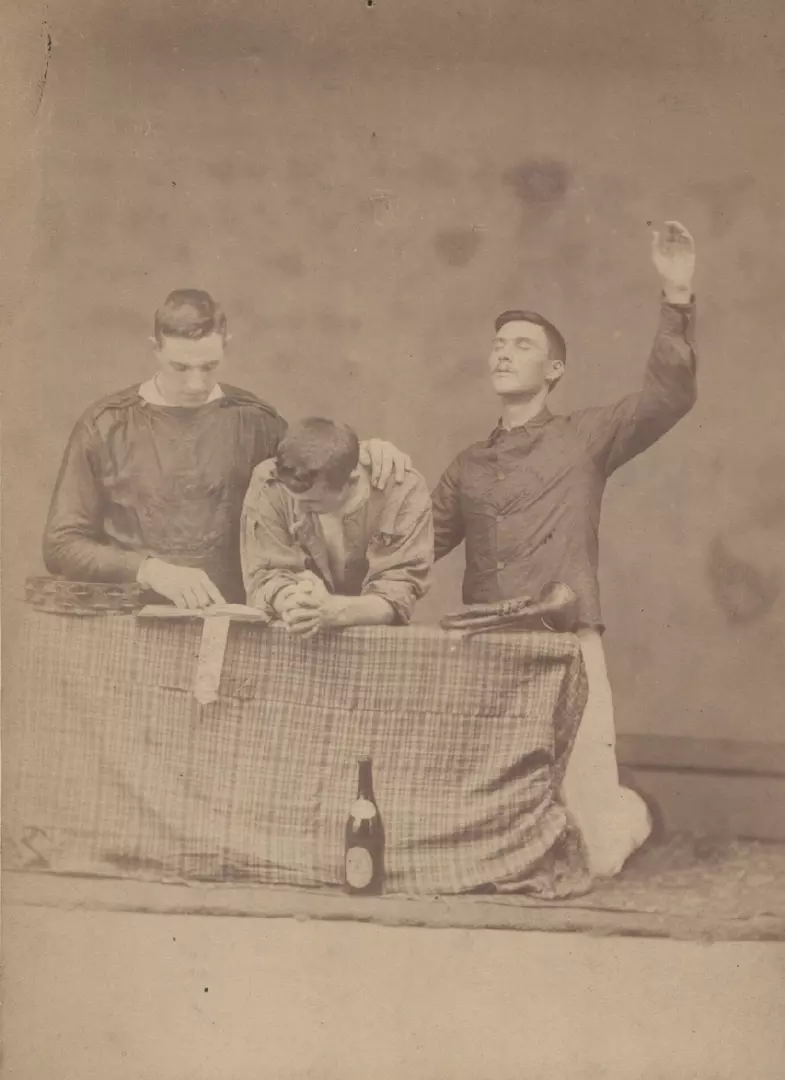
Steven
November 2018
Read other blogs from the Heritage Centre
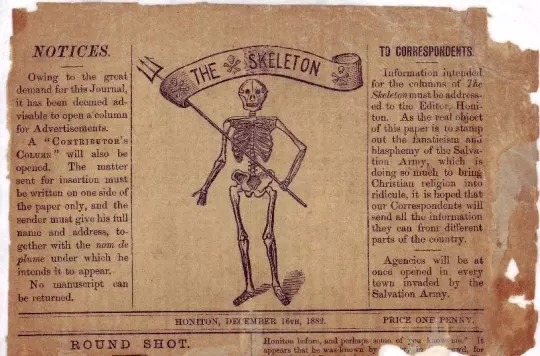
Blood, Fire, Skulls & Crossbones: A Battle Between Two Armies
In the 1800s Salvationists took to the streets with blood and fire in their hearts, but the reactions that they received were a little fierier than expected...
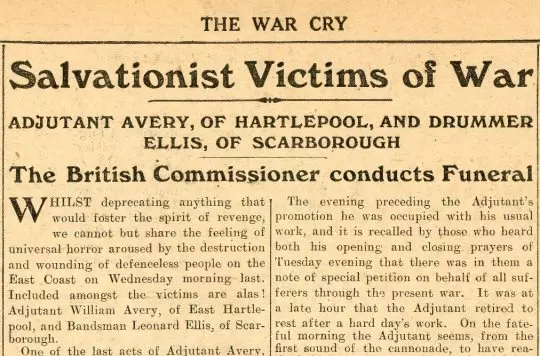
Adjutant William Avery and the 1914 Bombardment of Hartlepool
Less than five months after the outbreak of the First World War, on 16 December 1914, Scarborough, Hartlepool and Whitby, were attacked from the sea....
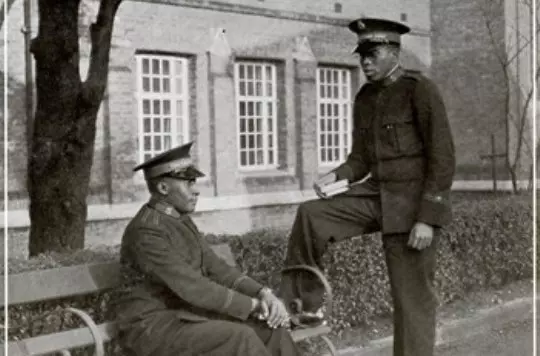
Guest blog: Black History Month
In our first ever guest blog, William Booth College librarian Winette Field explores the history of black Salvationists, evangelists and missionaries in the UK...
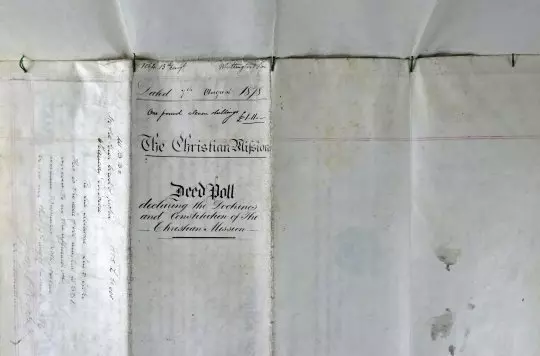
‘The Foundation Deeds have never failed’: The Salvation Army Acts deconstructed
This blog came about as a result of a series of enquiries about The Salvation Army’s Acts of Parliament – what they are and why they were created...